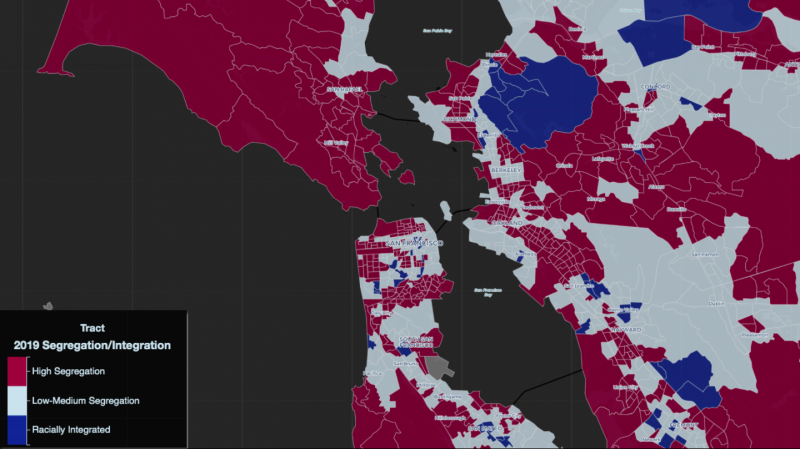More than a half-century after the Fair Housing Act made housing discrimination illegal, segregation in residential communities is not only prevalent, but on the rise. More than 80% of metropolitan regions in the U.S. have become more segregated since 1990, and many Bay Area cities are among them, according to a report released this week from UC Berkeley’s Othering and Belonging Institute. Housing segregation can affect income, health and educational opportunities, particularly for people of color. We’ll talk about the impacts of segregation in the Bay Area and which cities have become more or less segregated in the past few decades.
***Check out how segregated your neighborhood is on this map
